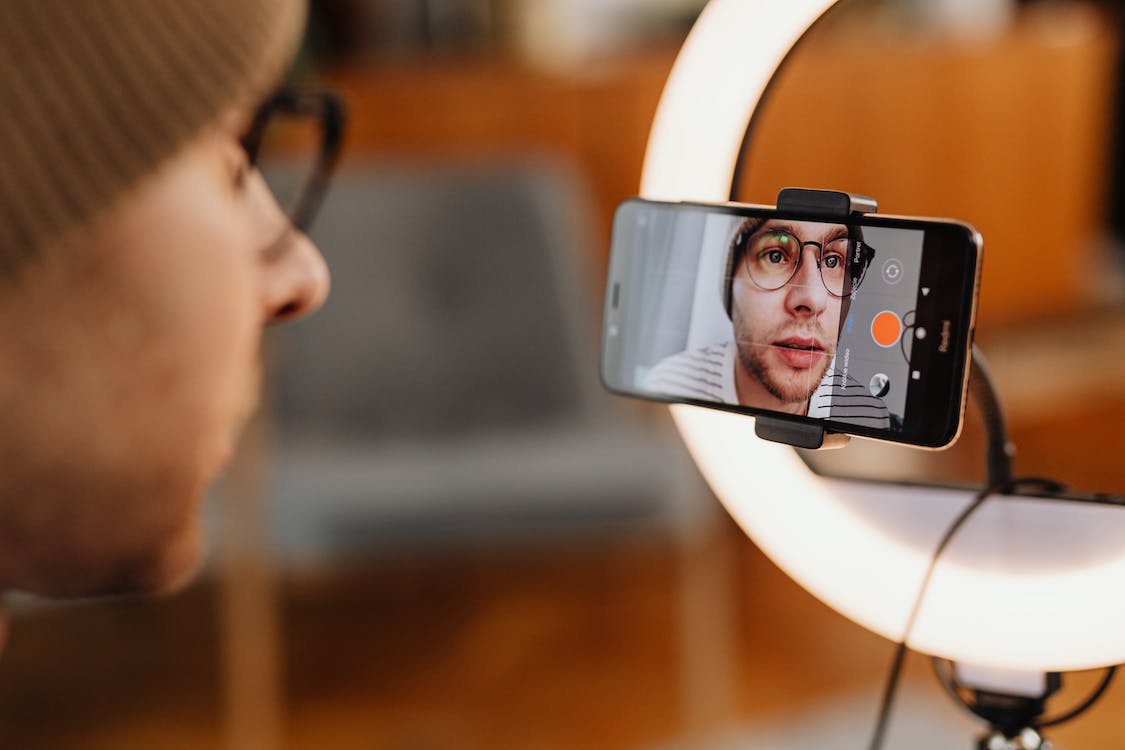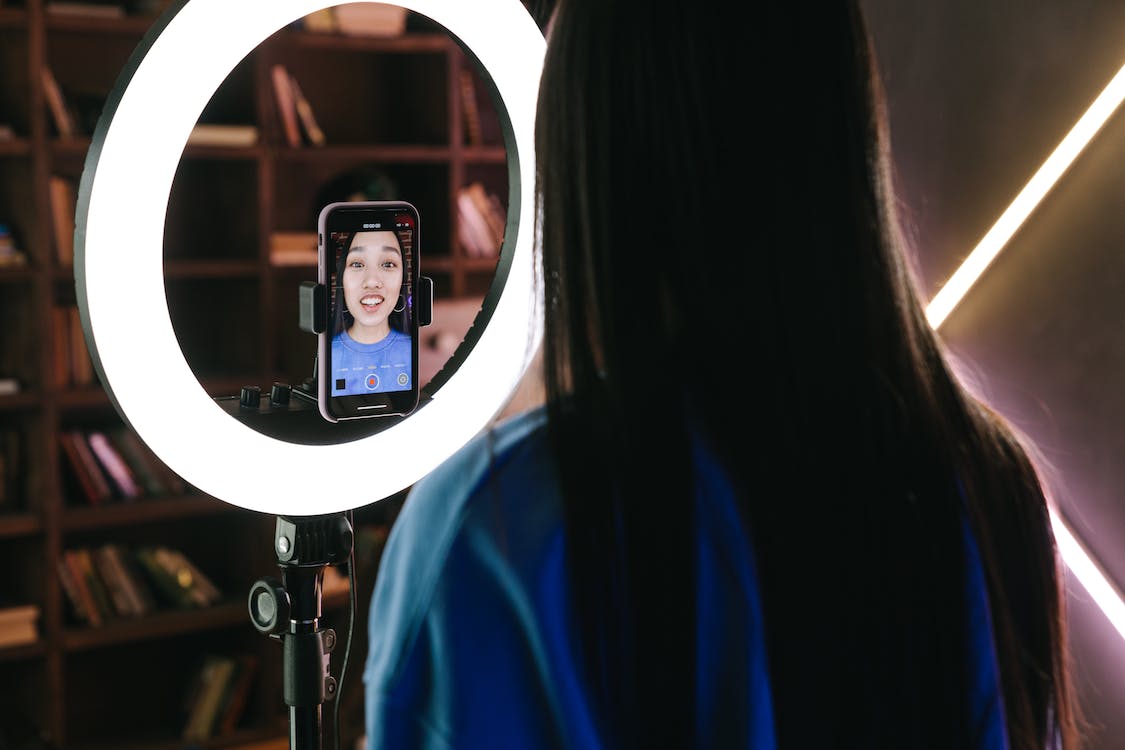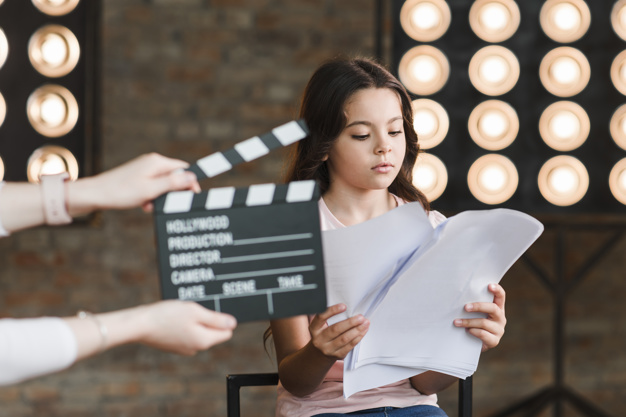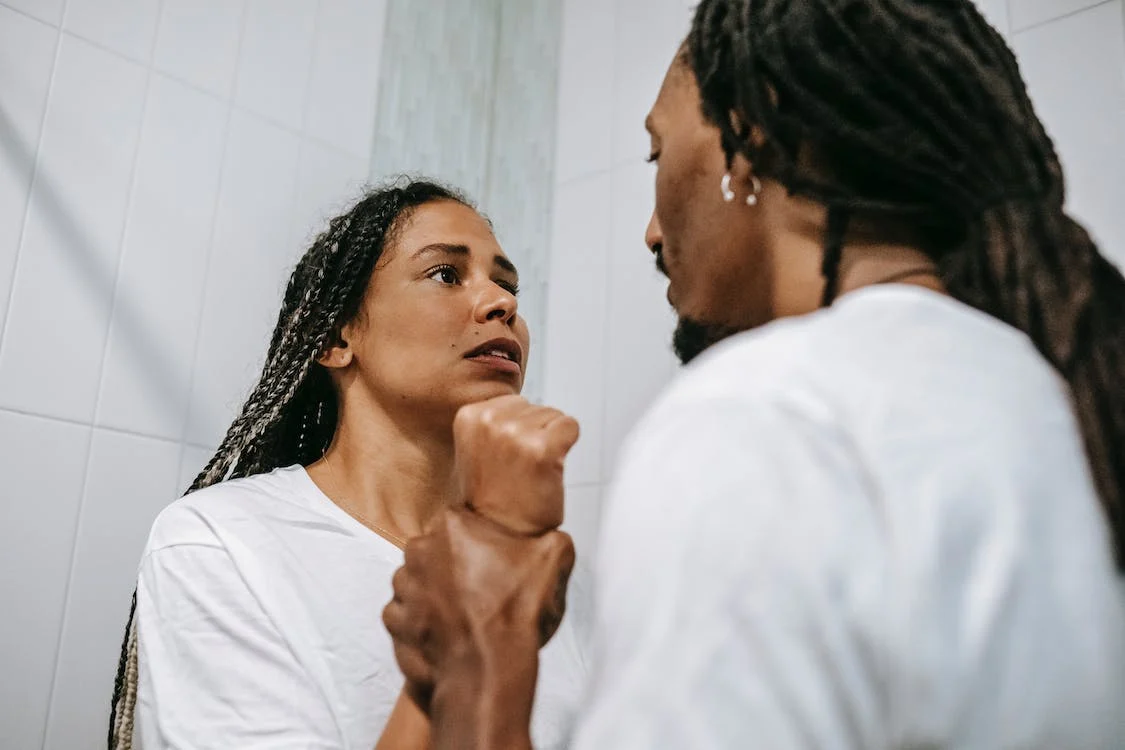Question:
Where Do You Look When Self-Taping?
(By Tonya Tannenbaum)
 (Photo: Karolina Grabowski | Pexels)
(Photo: Karolina Grabowski | Pexels)
One of the most common questions actors have is: “Where do I look when self-taping?” The answer depends on several factors, including the type of scene and the desired effect. Let’s do a deep-dive into understanding where to focus your eyes during self-tapes.
Understanding the Frame
 (Photo: Ivan Samkov | Pexels)
(Photo: Ivan Samkov | Pexels)
Establishing Your Setup
Before diving into where to look, it’s important to set up your self-tape correctly. Here are some basics:
Camera Position: Ensure your camera is at eye level and positioned to capture a mid-shot (from the chest up) or a close-up, depending on the requirements.
Lighting: Use natural or soft lighting to illuminate your face evenly.
Background: A plain, uncluttered background keeps the focus on you.
Eye Line: The imaginary line where your eyes are looking.
Reading the Scene

Context Matters
The context of the scene dictates where you should look. Here’s how to determine your eye line based on different scenarios:
Monologues
Slightly Off-Camera: For monologues, especially those addressing an unseen character or the audience, look slightly off-camera. This means looking just to the side of the camera lens, about an inch or two away. This creates the impression that you are speaking to someone just outside the frame without directly breaking the fourth wall.
Dialogue Scenes
Reader’s Eye Line: If you are performing a scene with a reader (someone off-camera reading the other lines), look at the reader’s eye line. Ensure the reader is close to the camera so that your eye line doesn’t drift too far off-center.
Multiple Characters: If the scene involves multiple characters, use different points slightly off-camera to represent each character. For instance, if character A is to the left of the camera and character B is to the right, shift your gaze between these points as you interact with each.
Direct Address
To the Camera: In rare cases where the script requires a direct address to the audience (such as certain commercial auditions or breaking the fourth wall), look directly into the camera lens. This creates a direct connection with the viewer.
Emotional and Technical Balance
 (Photo: Alex Green | Pexels)
(Photo: Alex Green | Pexels)
Maintaining Authenticity
While it’s important to get the technical aspects right, maintaining an authentic performance is crucial. Here’s how to balance both:
Natural Movements: Avoid darting your eyes too much, as it can be distracting. Instead, allow for natural eye movements that reflect genuine thought processes and reactions.
Connection with Reader: If working with a reader, ensure you maintain a strong connection with them, which will help ground your performance.
Practice: Rehearse the scene multiple times to become comfortable with your eye lines and to ensure they feel natural and not forced.
Tips for Self-Taping Success

Enhancing Your Performance
In addition to understanding where to look, these tips can help you deliver a strong self-taped audition:
Slate Properly: Follow casting instructions for slating (introducing yourself) and do so confidently and clearly.
Sound Quality: Ensure your sound is clear and free of background noise. Use an external microphone if necessary.
Wardrobe: Dress appropriately for the character and avoid distracting patterns or logos.
Multiple Takes: Record several takes and choose the best one. Ensure each take is slightly different to show your range.
Editing: Edit your tape professionally if needed, trimming unnecessary parts while keeping the performance intact.



